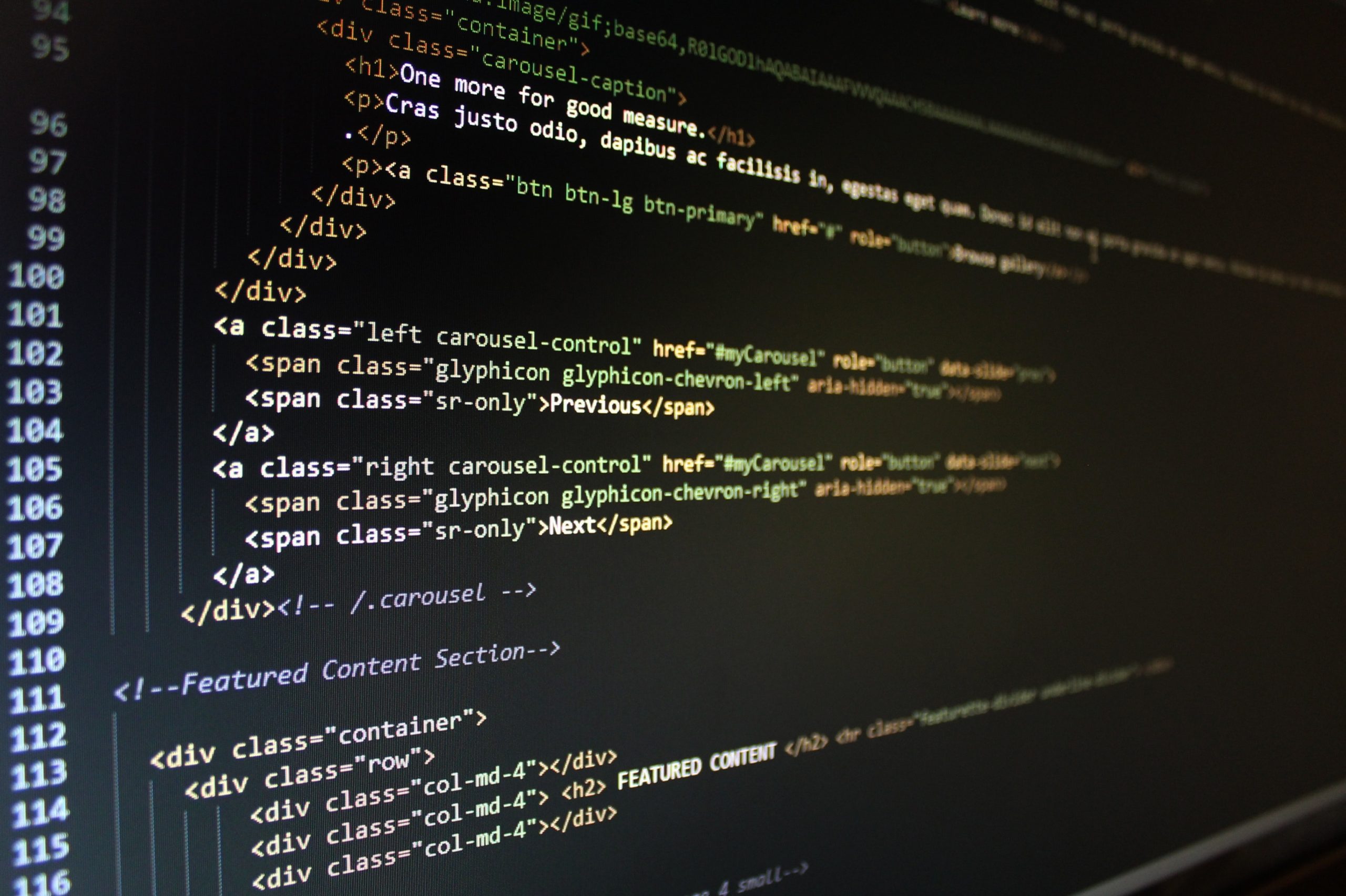The internet has become a mob of robotic voyeurs, waiting to watch what we’ll do next, from newsfeeds to Netflix, credit ratings to bail, personality tests to insurance to wine. These days, it appears that everything is controlled by an algorithm. In this blog, we discuss how everything in today’s world is dictated by algorithms.
Even as you read this, the internet will utilize your interactions with this story to input into an algorithm-based recommendation system that will choose which stories it wants to show you. The ones it will elevate, and which it will ignore.
Algorithmic Decisions
People live and die based on algorithmic decisions, decisions that touch people’s lives every day in a variety of ways, often without their knowledge. Nonetheless, it might be difficult for some people to understand exactly what an algorithm is. It’s a word that gets thrown around so much that it might start to feel meaningless. So, since algorithms are out there, quietly humming away, influencing our lives in large and tiny ways, the first place to start is with a definition.
What is an Algorithm?
The oxford dictionary describes it as, “A process or set of rules to be followed in calculations or other problem-solving operations, especially by a computer.” An algorithm is a set of instructions that accepts data and produces results. If we were baking a cake, the recipe would be the instructions for producing the cake, with the inputs being flour, eggs, and butter, and the output is the cake.
In another instance, the input for social media is your profile and your surfing history, and the output is the updates that appear in your newsfeed and the adverts that appear across the site. Your watching history is the primary input for platforms like YouTube or Netflix, and the videos or movies that are recommended to you are the output. Everything from your payment history to the number of credit cards you have to the amount of debt you owe is an input for credit scores, which affects your credit score, which is the output.
What do Algorithms rely on?
When it comes to input, most algorithms rely on various sorts of historical data. The historical knowledge required for an algorithm to perform could be anything, including the items you like, the meals you’ve consumed, or the jobs you’ve worked. Everything depends on the desired results. For instance, a police agency is trying to figure out how to best use its resources. If a bank wanted to know if it should grant a person a loan, it could construct an algorithm that looked at the applicant’s financial data, job history, and credit score.
The output of an algorithm might be diverse, and it can even provide unexpected outcomes. It’s also helpful to recall the main purpose while considering what an algorithm’s output should be. An algorithm based on previous crime data may suggest where likely crime hotspots would be if a police department wanted to figure out how to deploy limited law enforcement resources. When a large organization has an open position, it can design an algorithm to screen candidates and assign them a score based on the company’s criteria.
Types of Algorithms
Algorithms come in a variety of shapes and sizes, each adapted to a unique use case. Here are a few of the most common types of algorithms:
Predictive Algorithms – these are used to predict the possibility of future events.
Evaluation Algorithms – algorithms for evaluating an entity based on a variety of facts about that entity are called evaluation algorithms.
Recommendation Algorithms – These are algorithms that are used to offer content to an entity based on previous interactions with other content.
Task-Oriented Algorithms – these are algorithms that are employed to perform a certain task.

Leave a Reply